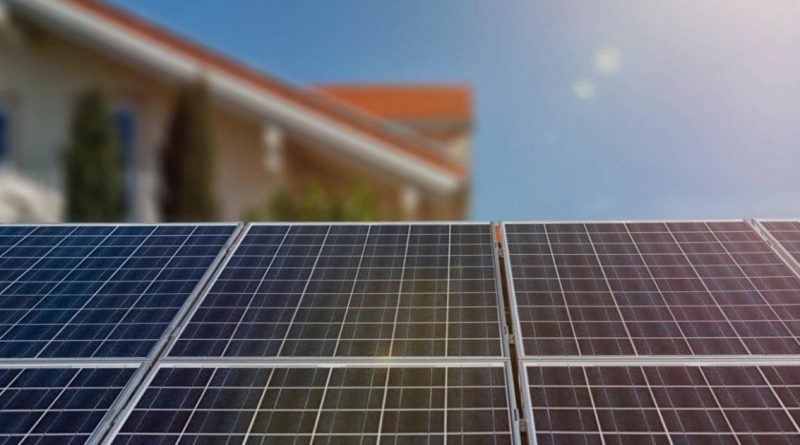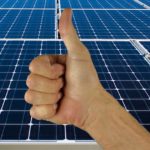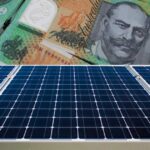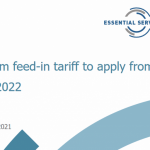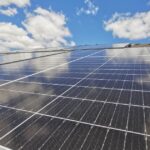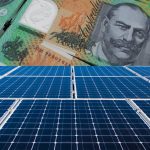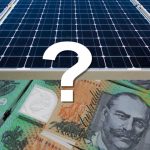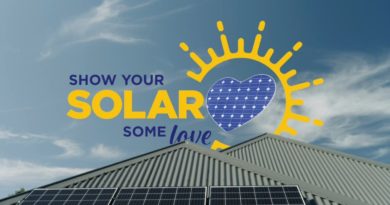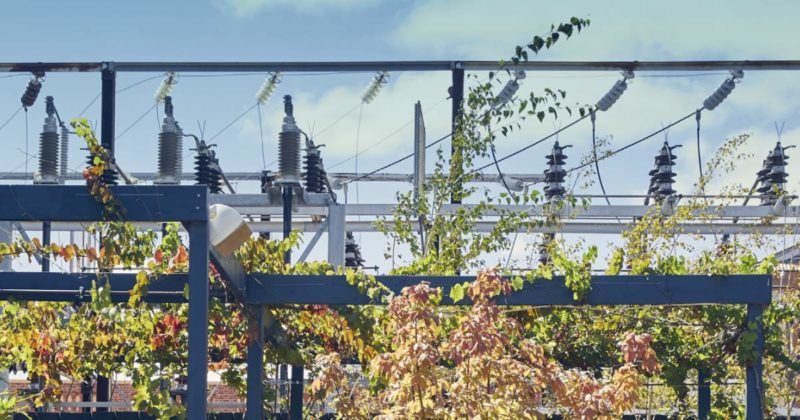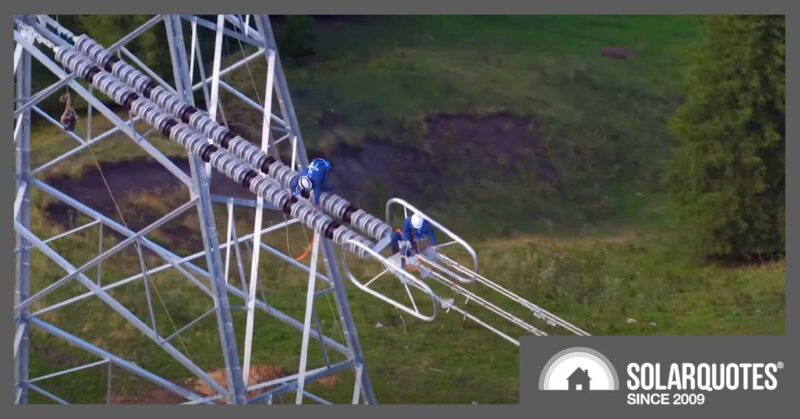IPART Invites NSW Solar Owner Feed-in Tariff Feedback
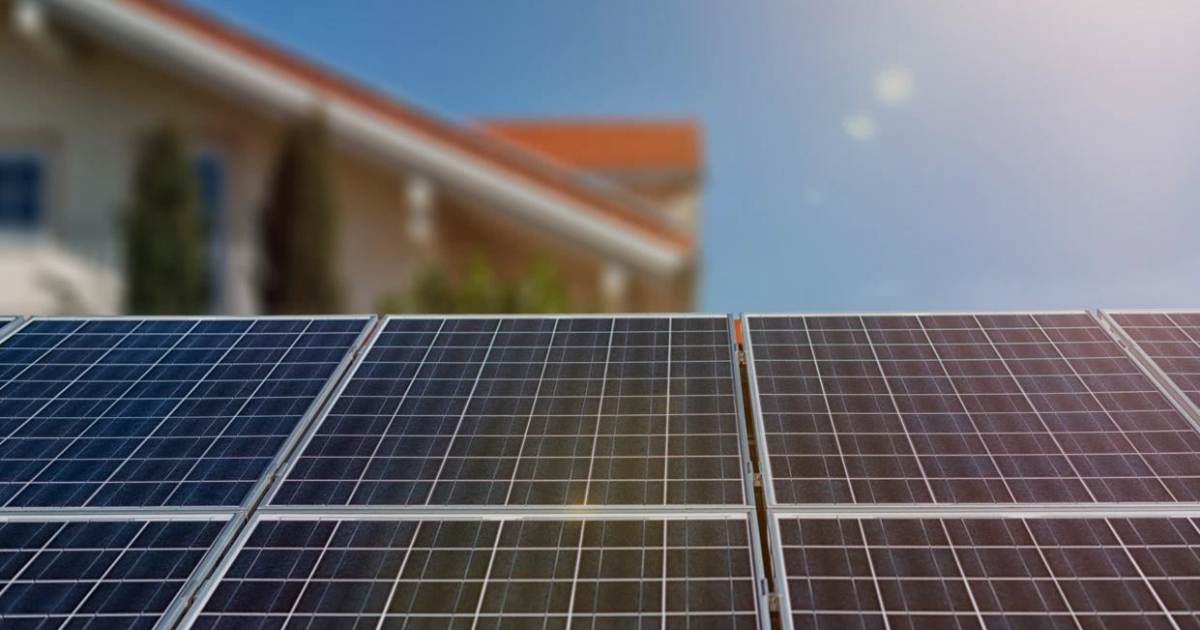
NSW’s Independent Pricing and Regulatory Tribunal is preparing its approach for calculating solar feed-in tariff rates in the years ahead and is calling on solar owners in the state to share their views and experiences.
NSW feed-in tariff rates are set by IPART annually. The benchmark range it provides isn’t mandatory, but most electricity retailers offer a feed-in tariff and some well above the benchmark.
For example, the “all-day” solar feed-in tariff benchmark range in New South Wales for 2020-21 is 6.0 to 7.3 c/kWh, but quite a few retailers are offering FiTs in the 9.5c – 22c range. Solar owners should keep in mind the highest feed-in tariff doesn’t necessarily represent the best overall deal. The best electricity plan offers a balance of high feed-in-tariffs, low usage tariffs and low daily charges.
When IPART calculates the benchmark range, it’s based only on the market price of wholesale electricity at the times solar is exporting to the grid. Elsewhere in Australia, other factors may come into play. For example, in Victoria avoided transmission and distribution losses and avoided social and human health costs of carbon are also considered.
Given wholesale electricity costs continue to fall thanks to renewables, IPART has signalled another cut is on the cards for 2021/22. But again, IPART’s rates are only a benchmark – electricity retailers are free to offer as little or as much as they like.
Consultation On FiT Calculation And Other Issues
IPART has released an Issues Paper focusing on how it should calculate the value of solar energy when it sets the benchmark. Additionally, IPART is wanting input on other issues, including:
- Whether there is enough information for customers to decide whether to invest in solar, how much solar to install, and the electricity retailer offer they should select.
- Whether there are new retailer offers being made available that can assist solar households optimise the times their self-generated energy is used, exported, or stored.
- Any barriers to installing solar batteries.
- Any problems in customers getting paid for their solar exports and other export related issues.
Solar owners interested in providing feedback on any or all of these issues can register to participate in an online public hearing on 9 March 2021, and IPART is also accepting written submissions until 15 March 2021. Further information is available here.
The new benchmark rates for 2021/22 will be released by IPART in June. If the new rates are lower and retailers decide to reduce what they offer, solar power will remain a great investment. It will just mean maximising self-consumption of solar energy will become even more attractive as the retail rate households pay for mains grid electricity is far higher than what is received for solar exports.
The FiT benchmark rate drop for 2020/21 certainly didn’t discourage solar uptake in the state, with IPART noting an 18% increase in the number of NSW households with solar panels over the past year.
Even at the low end of the 2020/21 range – and as mentioned, a bunch of electricity retailers offer well above this – a 6.6kW solar system installed in Sydney can achieve a simple payback in around 6 years.
To gauge the potential financial benefits of installing solar panels in your situation, try the SolarQuotes solar calculator – it’s really easy to use. You can also compare electricity plans for solar owners here, but note it has been around 4 months since plan data was updated.
Related: Why Solar Feed-in Tariffs Won’t Vanish Any Time Soon — Or Ever
Original Source: https://www.solarquotes.com.au/blog/nsw-solar-tariff-mb1885/

